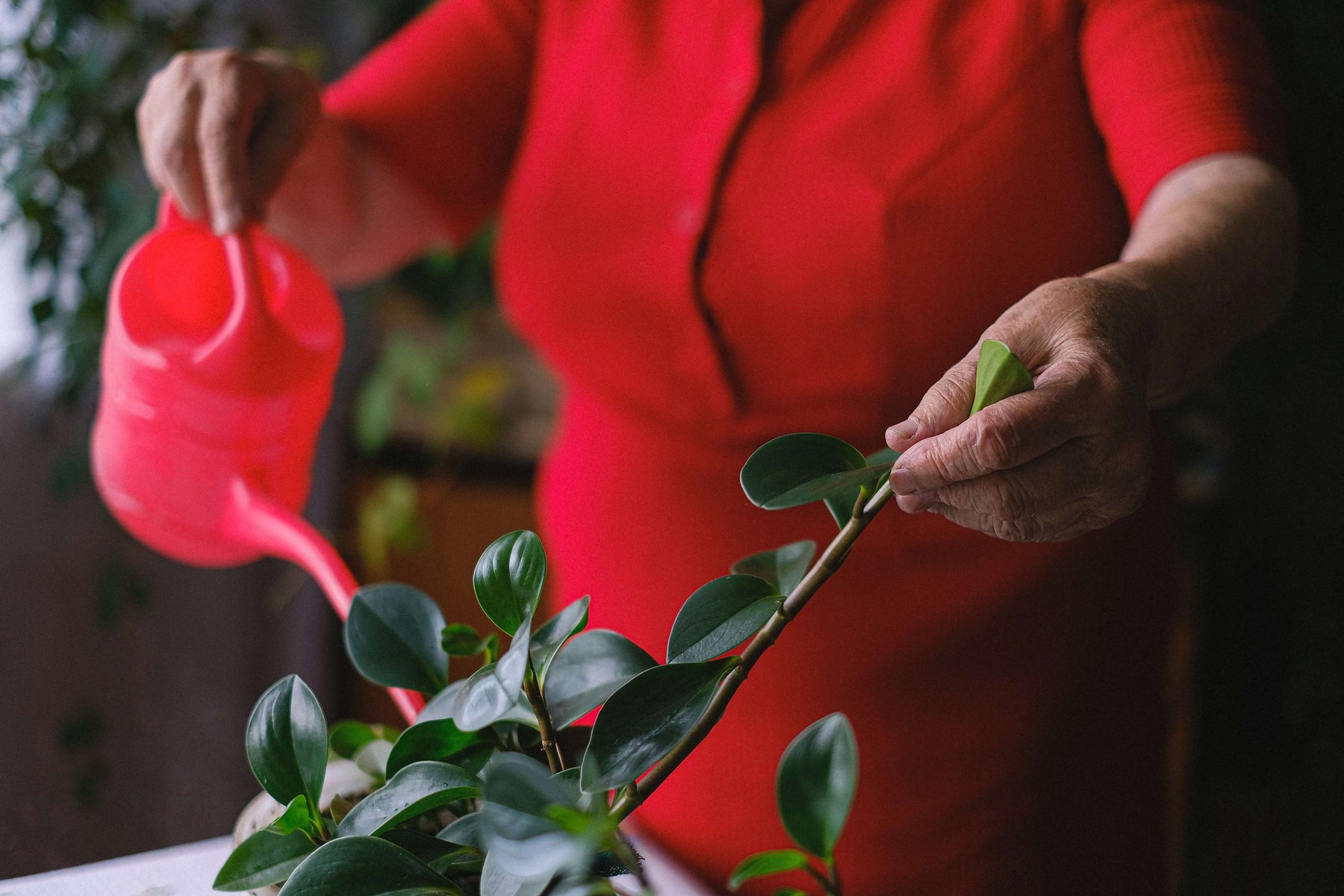
5 Daily Activities Every Aging Adult Should Be Doing
Repeatedly making the time and taking the effort to do a specific set of daily tasks creates habits, and over time, those habits create routines. Research has shown that structured routines can help an elderly person improve their eating and sleeping behaviors (just to name a few), as well as boost the potential for security and independent growth.
Even the smallest and simplest of lifestyle changes can make for the greatest benefits. Whether it’s seeking out more nutritious foods, adding in some exercise time, or even socializing with others, it’s never too late to create a new routine with beneficial results that you’ll happily look forward to each and every day.
Please ask your doctor about any new lifestyle routine (especially dietary or exercise related) to ensure it’s right for you.
Daily Activity #1: Morning Stretches
Stretching feels pretty good right when you wake up, doesn’t it? This may be something you don’t think too much about, but did you know that stretching can strengthen your mobility and range of motion in the joints?
Muscles can benefit from something as simple as intentional stretching, because it increases oxygen and blood flow needed for strength building. Plus, there’s a variety of stretches that you can do to target specific areas of the body. (If the joints in your legs could use more work, try our long leg lifter for your morning stretches!) Customize this newfound routine to fit your needs.
Daily Activity #2: A Healthy, Balanced Breakfast
We all know that breakfast is the most important meal of the day, because it jumpstarts your brain and body for what’s ahead.
You may have also heard that “you are what you eat.” That’s why it’s so important to make sure you’re eating right—with respect to your dietary requirements and restrictions—so you can get the calories you need to have energy for this new day.
Making a good breakfast (or any meal, for that matter!) part of your daily routine can help your body regulate digestion and enhance concentration and energy levels.
Daily Activity #3: Exercise Your Brain
Brain activity is just as important as physical activity. Continuously learning and training your brain to stay mentally active can decrease the long-term chances of dementia. Even something as simple as telling a story, remembering specific bits of information, or solving problems can feed your ability to prevent memory loss.
Make it fun for yourself: Do you like games? Try playing bingo, putting together a puzzle, or answering trivia questions. Do you like keeping your hands busy? Arts and crafts activities count here, too! Do you want more of a challenge? Use strategy in chess, read a new educational book, or learn a new hobby (an instrument, gardening, etc.).
Activity #4: Effectively Manage Stress
Stress can have more effects on the body than one may think. It’s not just about the emotions you experience, it’s about the chronic conditions it could potentially lead to, like heart diseases and diabetes.
To avoid these major health risks, get in the routine of practicing a way to release some of that stress; whether it’s taking a walk, participating in gentle exercise, deep breathing, or even adding a pet to your life, there are plenty of outlets for you to choose from.
Activity #5: Visit with Friends and Family
Last, but certainly not least, get social! As human beings, we crave interaction and companionship. Connecting with others on a daily basis improves mood and boosts wellbeing. It’s also nice to have that support and feeling of being needed by someone else.
If that’s not enough to convince you, get this: research shows that those with multiple close, personal relationships have higher chances of longevity. Having more social interactions could potentially mean living longer? Sign us up!
